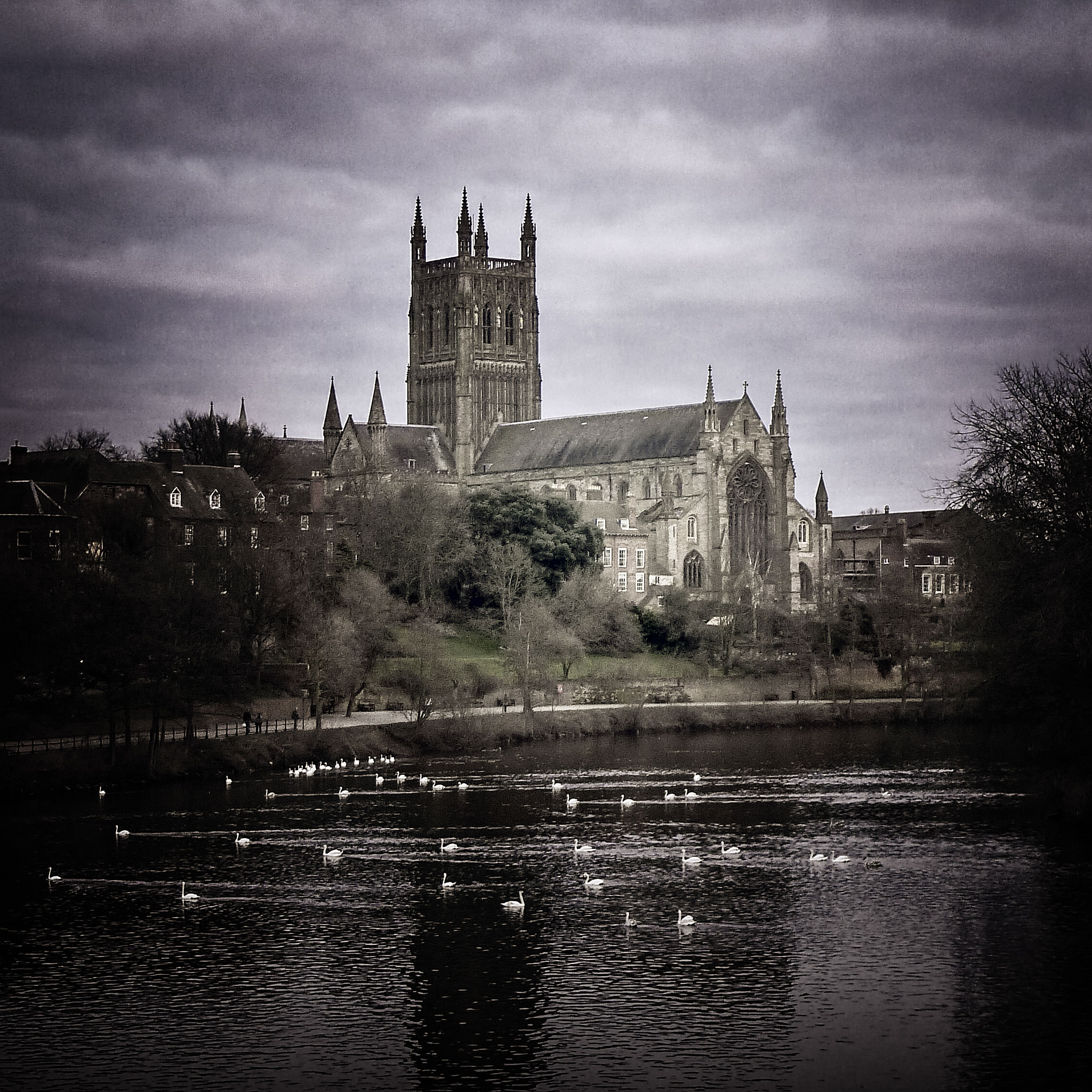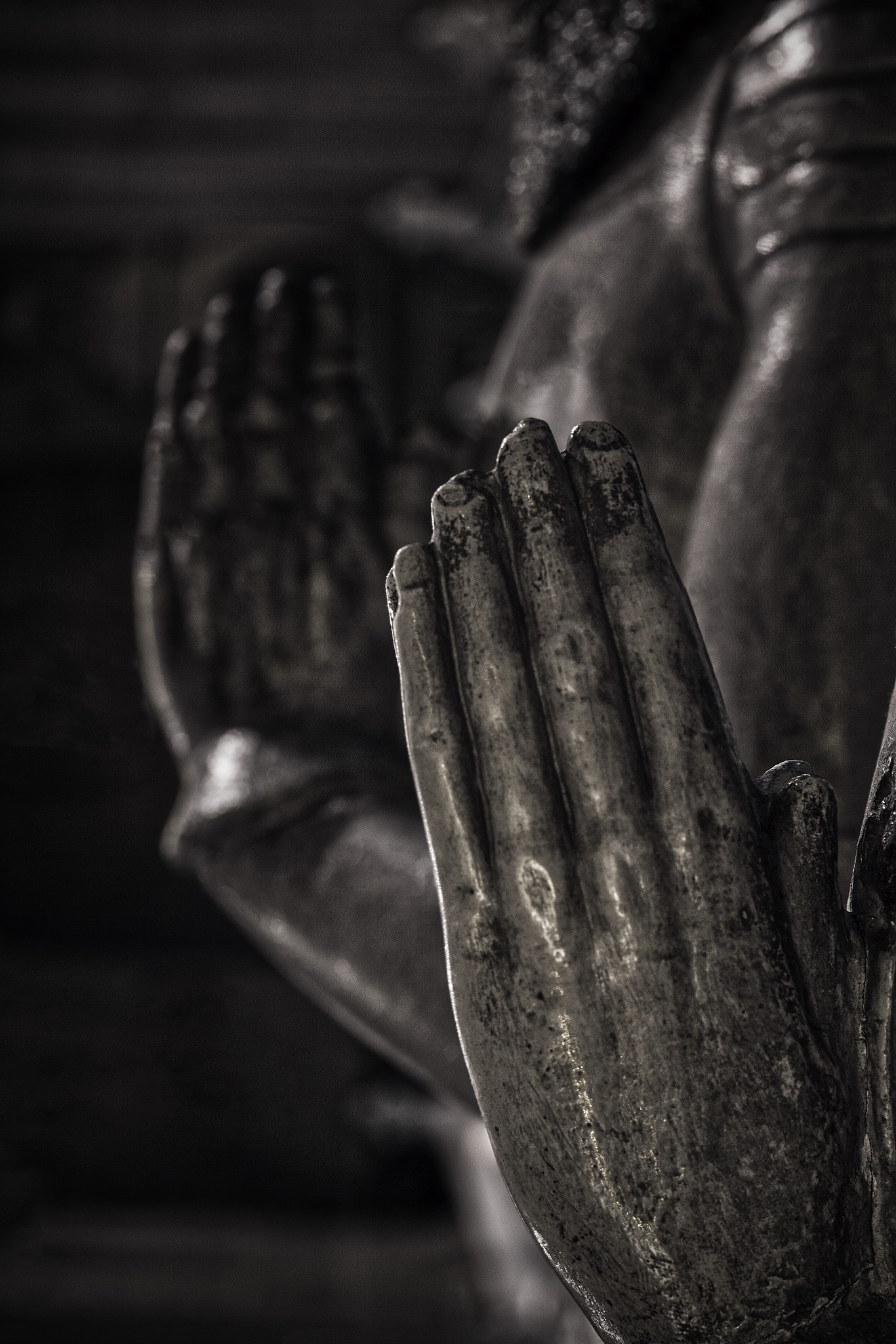Worcester Cathedral, West Midlands, England




Worcester Cathedral was built primarily in the 13th and 14th centuries however there has been a Christian community living on this site since the 7th century. In the 10th century when King Edgar was on the throne, St. Oswald founded a Benedictine monastic community at Worcester.
King John died in 1216 and is buried in Worcester Cathedral before the altar and a effigy was installed over the tomb.
Worcester Cathedral was a place of pilgrimage, having the burials of St. Oswald, St. Wulfstan and King John. The continued visitation by pilgrims brought with it the funds which allowed for the Cathedrals expansion. Tourist trade from early pilgrims was just as important to continued survival of heritage locations then, as it is now.
The Beauchamp Tomb is thought to represent Sir John and Lady Beauchamp. Sir John was a favourite of Richard II but was accused of treason with other nobles in a takeover by parliament who wanted to control the realm under the young King. It was here that Richard II's closets advisors were accused of treason and Sir John was soon afterwards beheaded in the Tower of London in 1388.
It has yet to be proven exactly which Beauchamp's reside in Worcester Cathedral, while it is thought to be Sir John we are not 100% certain which Sir John it is.
Prince Arthur was the son of Henry VII and Elizabeth of York, as well as Grandson of Edward IV. He was the heir to the throne and first husband of Catherine of Aragon. He died at Ludlow Castle, aged 15 only 6 months after his marriage. Had he lived we may never have had a Henry VIII or the dissolution of the monasteries. After his funeral at Worcester Cathedral, a great chantry chapel was built which stands to the south of the high altar and contains Arthur’s tomb. The chantry chapel was the last addition to the Cathedral.
In 1540 the monastery was dissolved and the shrines of Oswald and Wulfstan were destroyed. The Cathedral was re-founded with the constitution of a Dean and Chapter. The monk’s stalls were removed and a large number of statues and windows destroyed and defaced. The screen across the nave was also destroyed. This type of destruction was commonplace during the reformation.
Worcester Cathedral is located next to the River Severn. In part it has been heavily restored during the Victorian period, but there is still plenty from the Medieval era to be seen.



